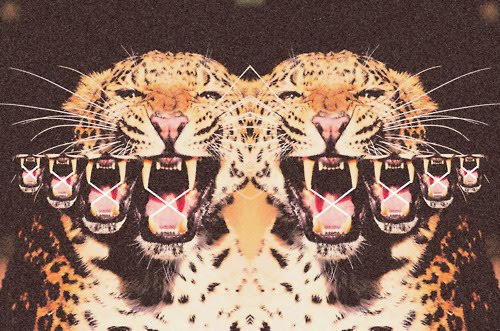The 13 Generation was Chile’s first true artistic group or movement. They got their name from a joint exhibition held in 1913 in the offices of the Chilean newspaper El Mercurio. The group was characterised by a fascination with pre-Columbian art and customs, social critique and the portrayal of a group of people never seen before in Chilean painting: the working class. As with the founders of Romanticism, they were bohemian but engaged in work of a more social nature. With most of them coming from humble beginnings, they made little money from painting and mostly lived in poverty, causing many to die young from diseases such as malaria and tuberculosis.
The 13 Generation emerged from the country's poorest neighbourhoods. Initially, its members studied with Pedro Lira and were influenced by the Spaniard Álvarez de Sotomayor, who, in turn, inherited a similar style to Velázquez.
This group is also known as the “Centenary Generation” or “Centenary Group” because some of its members unveiled their paintings at the International Exposition of 1910. They were also sometimes called “The Tragic Generation” because of the bohemian and miserable life that led many to a very early grave. Pablo Neruda called them a “heroic captaincy of painters” in recognition of the effort to portray the life of the working classes and the customs of the Mapuche people.
Members of The 13 Generation. From left to right, standing: Exequiel Plaza, Claudio de Alas, Tony Rogers (theatre operator), Alberto Lobos, Alberto Romero, Pedro Luna, José Backhaus, Lautaro García, Julio Ortiz de Zárate, Camilo Mori and Alfredo Lobos. Sitting in the middle: Julio Vásquez Cortés, Carmen Tórtola Valencia, Carlos Predes Saldías and Luis Johnson. Sitting on the floor: Enrique Lobos, Manuel Gallinato, Fernando Meza and Julio Walton.


No comments:
Post a Comment